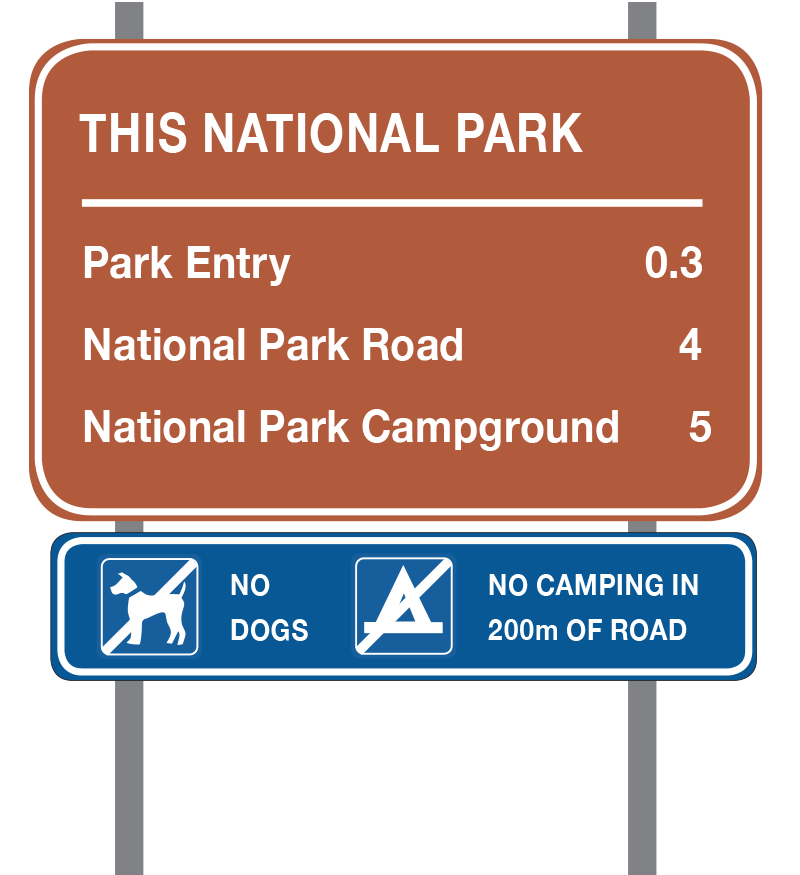Effective visitor orientation processes are the critical platform upon which any quality nature tourism experience must rest.
If people are unsure of where they, where they are going or what to expect when they get there then they are at the very least distracted and not in a position to actively engage with the experience on offer.
This is why addressing issues such as interpretive content in isolation to the orientation foundation upon which it must stand is inherently flawed.
The first priority is to deliver the experience in a manner which accords with the user's expectations. Only then can the interpretive process of helping people attribute values and meanings to this experience be undertaken in any meaningful way.
Transitioning from marketing to doing ...
The point where people leave the highway, the railway station or simply get on a bus for the final leg of their journey into a destination marks a crucial transition in the visitor engagement process.
This is the point where the marketing stops and the doing begins. This requires a complete change of focus in the manner in which communications are undertaken.
Marketing is a process of building expectations as to what activities and emotional resonances (excitement of mountain biking, peaceful picnic etc etc) may be on offer.
Doing is the business of then delivering on the brand promise that has been made to the visitor. From here on in the user does not need to be told what emotional responses should apply to a setting or experience. They will define these for themselves in the course of their visit depending largely on the extent to which the activity meets with their expectations.
the user contract ...
In many ways a contract is being entered into between the provider and the user.
We the provider deliver the facts and scaffolding to allow visitors to access the experience on offer, you the user have a licence to apply any such emotional attributes, meanings and associations to this as you may wish.
Along the way, interpretive interventions may occur to encourage you to develop a positive appreciation of the heritage assets that underpin the experience, but ultimately any meanings and associations that derive from this are purely your own.
This awareness may sound abstract. It does however serve as reminder of the invisible communication line that is crossed at the commitment point where the user first connects with the destination's orientation signage outreach.




